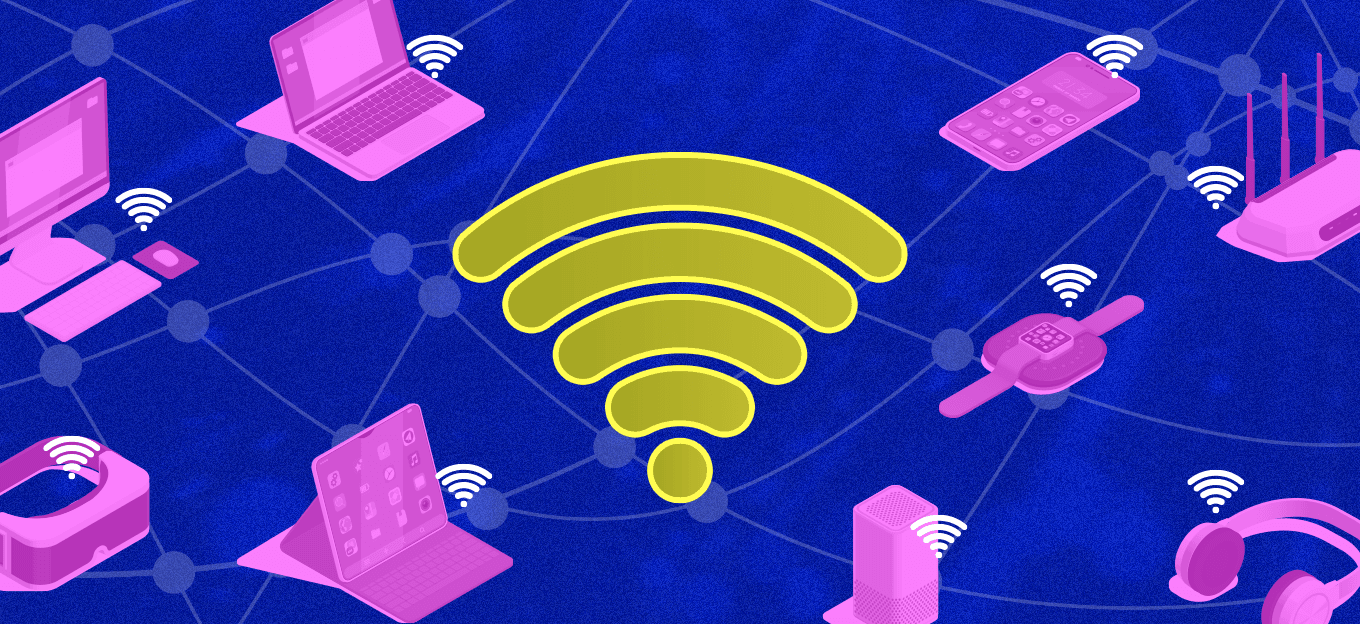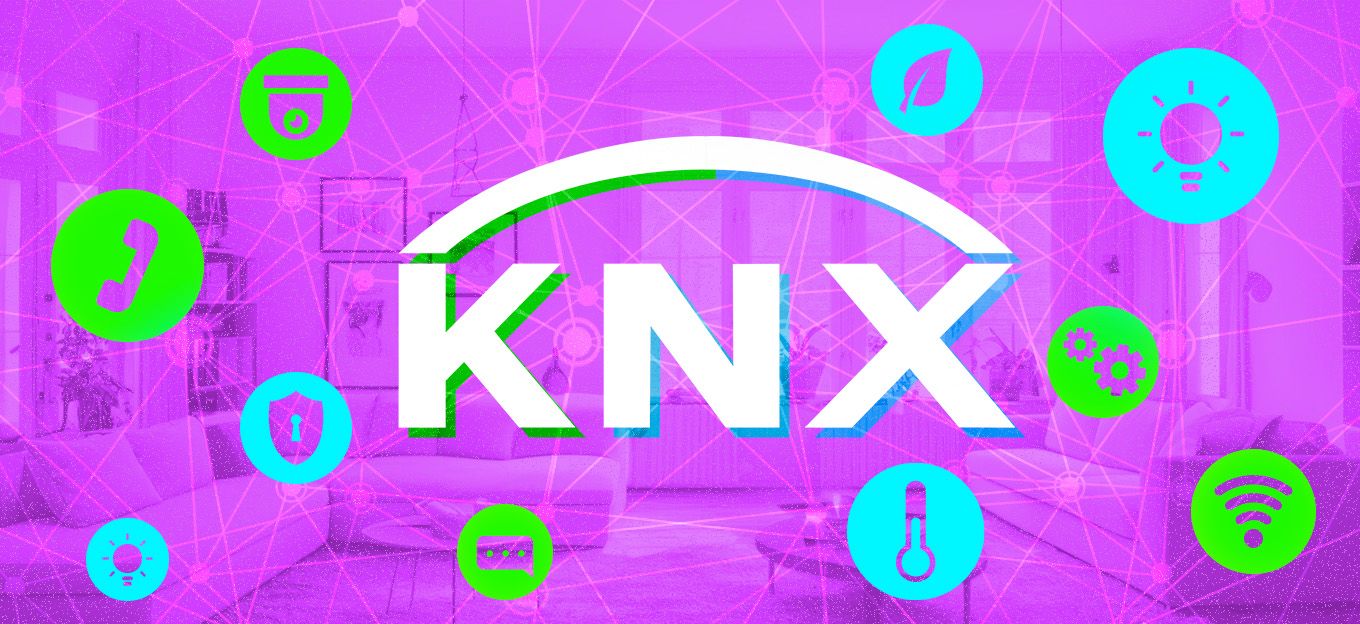3 Ways Smart Apartments Can Support Remote Work
3 Ways Smart Apartments Can Support Remote Work
- Last Updated: December 2, 2024
STRATIS IoT
- Last Updated: December 2, 2024



Remote enablement with the pandemic has no doubt changed the way many people approach work. Apartment residents appreciate taking advantage of standard amenities like conference rooms and are now expecting high-speed internet in these spaces and across the property as they stream, work, and make video calls. Residents are excited about and choose to live at properties that provide property-wide managed Wi-Fi, door entry and access controls, and smart apartments.
'IoT-enabled smart apartments can contribute to the on-demand digitization that enables remote work.' -STRATIS IoT
How can Wi-Fi, door entry and access controls, and smart apartments support remote work?
1. Property-Wide Wi-Fi
Professionally-managed Wi-Fi is becoming the standard in these buildings as it allows residents to connect to the network whether they’re in their unit or amenity spaces. This is a much more secure approach to Wi-Fi, compared to in-unit hubs that rely on residents to find their own provider and install Wi-Fi, which leaves many vulnerabilities for cyber attackers.
Fast and stable internet is the highest priority, as property owners and operators are using technology and amenities to attract remote worker residents. During the workday, the more people who are using the internet in an area (like in an apartment unit), the more likely it is that the internet bandwidth will be drastically reduced inside the unit and across the property depending on how many people are utilizing video conferencing in a household. If there’s limited bandwidth in a unit shared by multiple residents, there can be issues with dropped video calls.
Amenities are also a big priority. Many residents want the option to step out of their apartment, either to work in a shared workspace or just to relax and disconnect from their work, but stay connected online, for a short time period. Clubhouses with coffee machines and entertainment are becoming a must-have for residents wanting a break while remaining connected to the powerful property-wide Wi-Fi.
2. Door Entry and Access Controls
With one credential (like an app on the resident’s phone), residents can securely enter building access points, elevators, garages, common areas, and of course, their units.
Residents can also offer temporary access to guests including friends, delivery drivers, and third-party vendors. This is helpful when remote workers are in their unit but may not be able to disconnect from work if, for example, they’re in a meeting, and need to let in a guest.
3. Smart Apartments
Within a smart apartment, smart IoT devices like smart thermostats, smart lighting, and smart leak sensors maximize resident comfort and energy efficiency. This is particularly helpful as remote workers can spend a majority of their days in their unit, and the smart apartment can provide an environment suited for their needs.
Of course, with property-wide Wi-Fi, door entry and access controls, and IoT-enabled smart apartments, all residents (and other stakeholders like property staff, owners, and operators) can benefit, not just remote workers. This is a snapshot of how these different aspects of smart apartments can contribute to the on-demand digitization that enables remote work as well as smart apartment living.
The Most Comprehensive IoT Newsletter for Enterprises
Showcasing the highest-quality content, resources, news, and insights from the world of the Internet of Things. Subscribe to remain informed and up-to-date.
New Podcast Episode

Moving Past the Pilot Phase in IoT and AI
Related Articles





